Royston Cave, Hertfordshire: A mysterious site full of sacred energy
Our Secret Britain series continues with a Hertofrdshire cave whose true nature remains unknown.
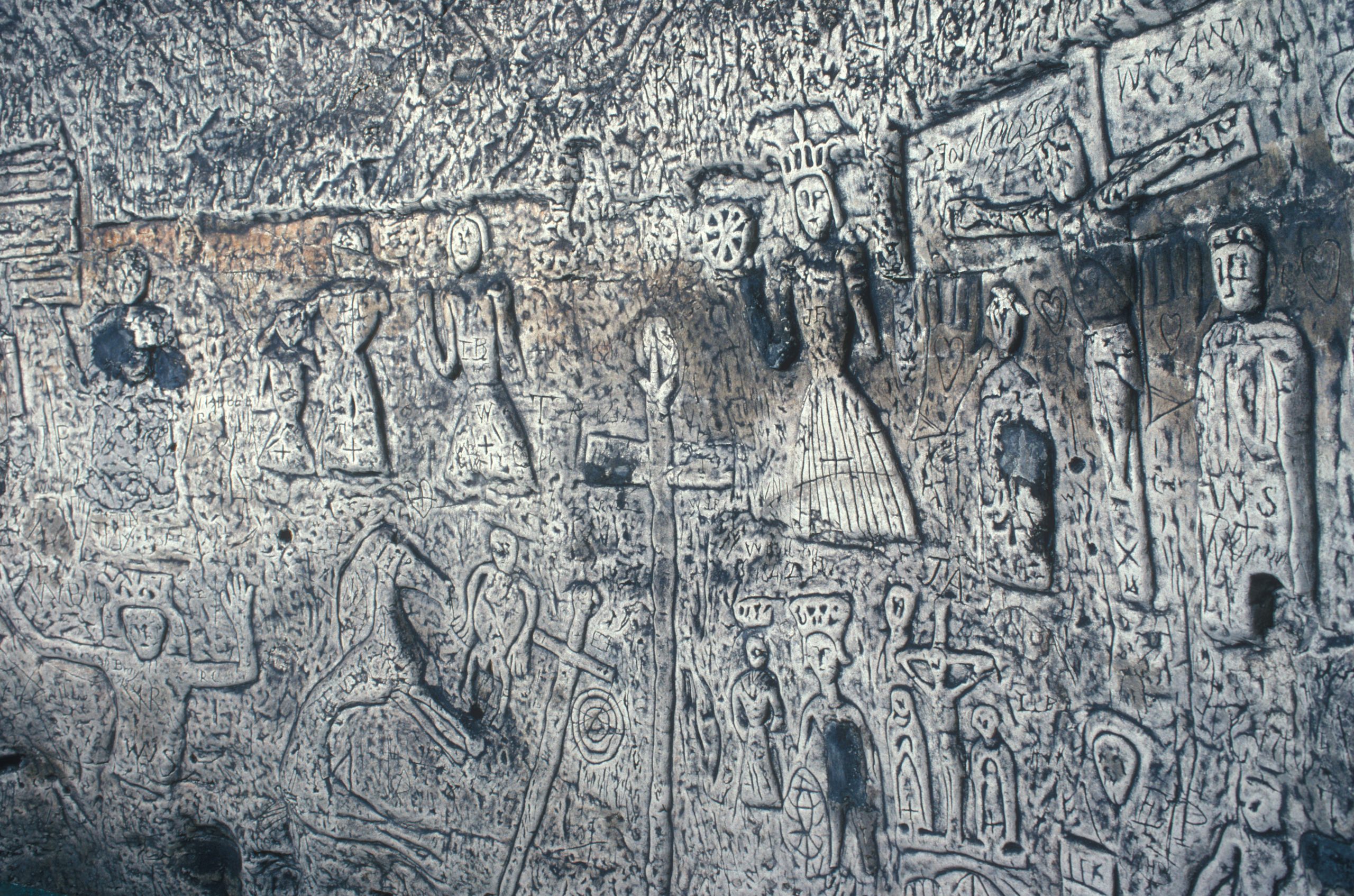

Shrine, prison cell, Knights Templar meeting place, Augustinian monks’ wine cellar, burial site or Neolithic flint mine? Nobody knows, but fascination prevails.
Royston Cave was discovered in 1742, cut into the chalk bedrock beneath crossroads in the centre of town. Shaped like a beehive, 16ft wide and 26ft tall, its walls are covered in crude carvings dated to the mid 1300s of Christian saints, animals and pagan earth goddess Sheela-na-gig.
Holes beneath the figures show they were once illuminated by candles and, whoever might have visited this subterranean oddity, most believe it has held a sacred energy for thousands of years.
See more of Secret Britain
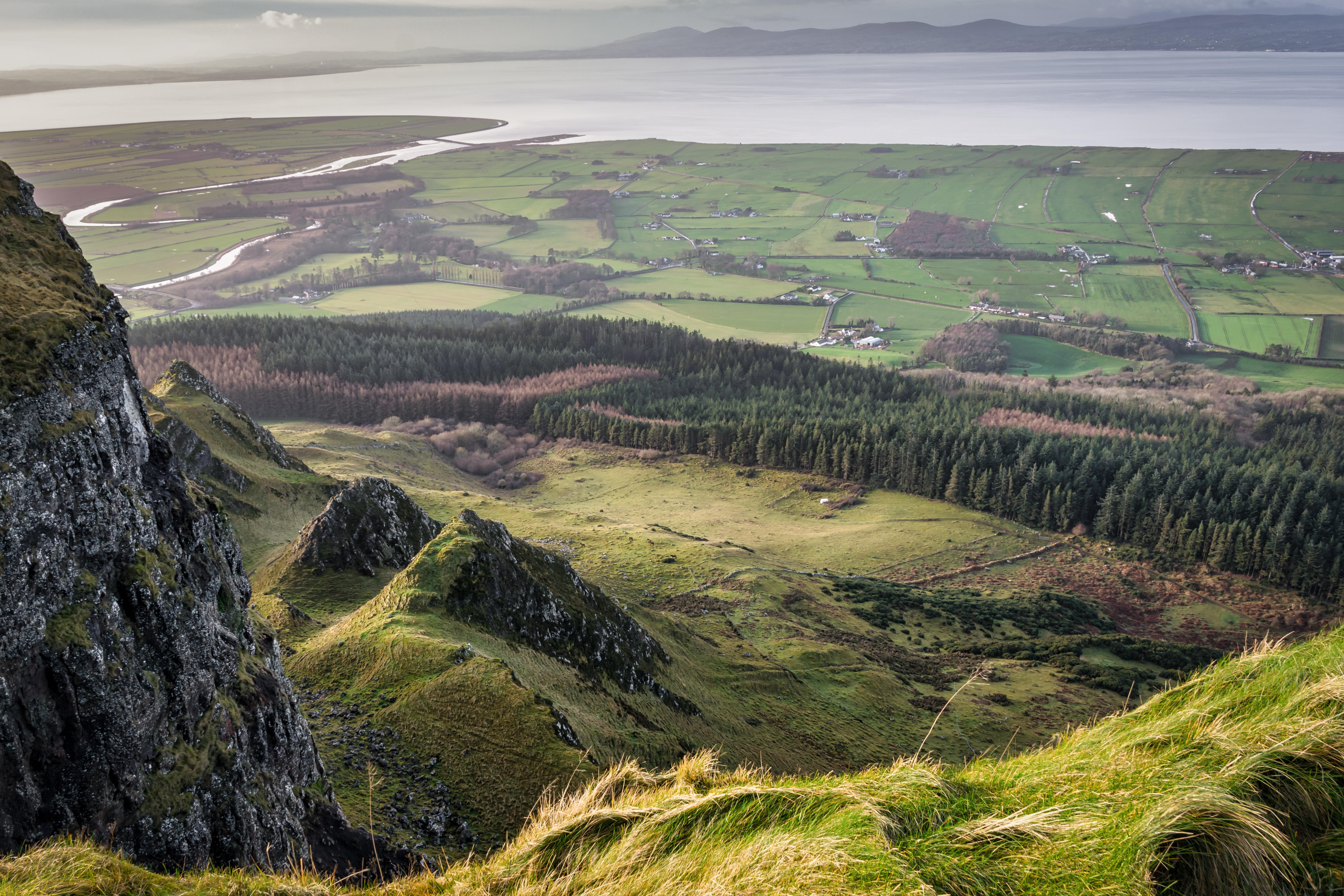
Binevenagh, Northern Ireland: Lava-hewn crags and cliffs at the end of one of the planet's great railway journeys
Our Secret Britain piece today takes a look at the view from the top of Binevenagh in Co Londonderry.
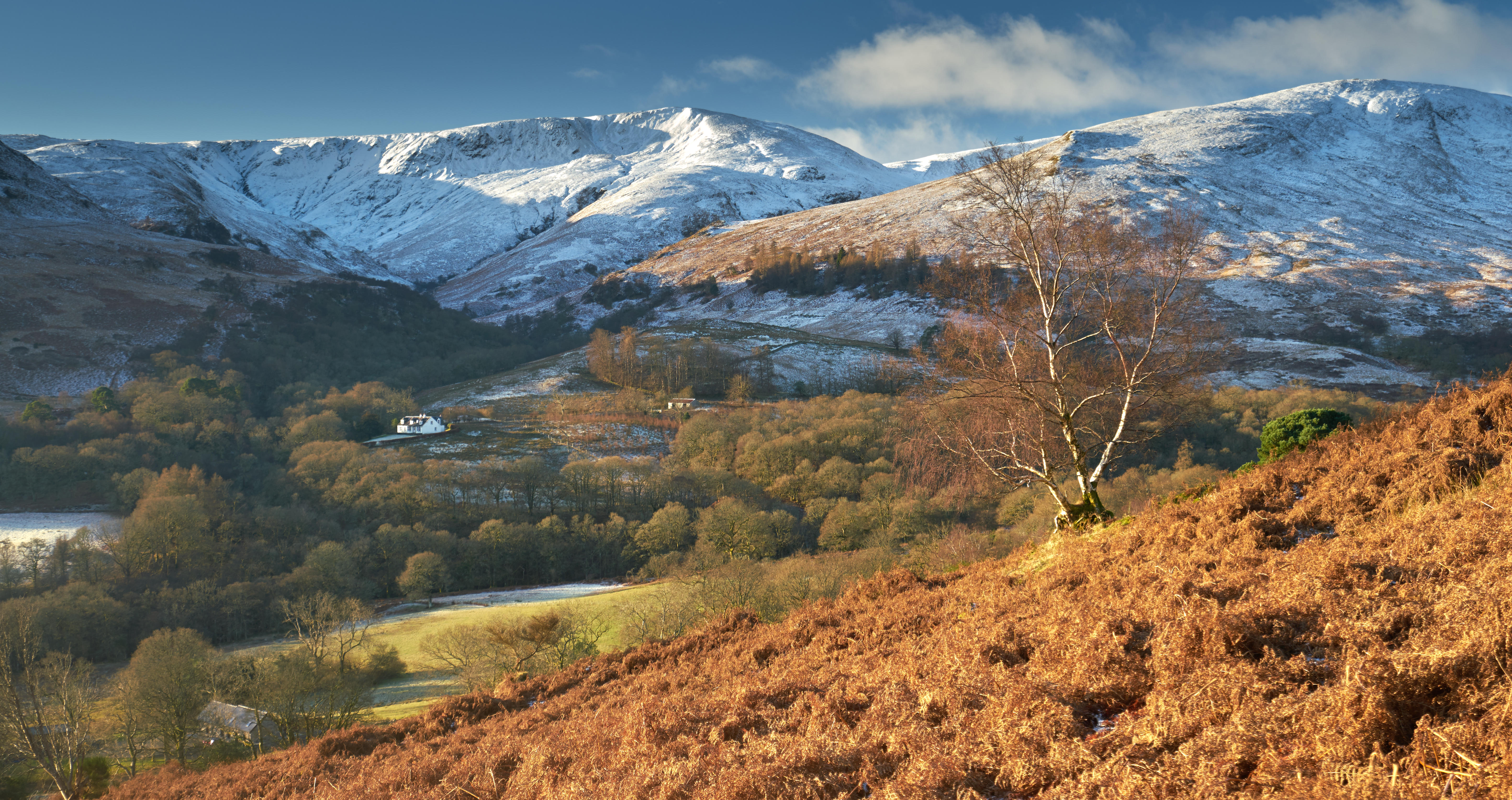
Beinn Dubh, Argyll and Bute: 'It'll take you a while to climb it, simply because you’ll have to stop repeatedly to admire the view'
Annunciata Elwes takes a look at the magnificent view from Beinn Dubh, found in the Luss Hills in Argyll and
Sign up for the Country Life Newsletter
Exquisite houses, the beauty of Nature, and how to get the most from your life, straight to your inbox.
Annunciata grew up in the wilds of Lancashire and now lives in Hampshire with a husband, two daughters and an awful pug called Parsley. She’s been floating round the Country Life office for more than a decade, her work winning the Property Magazine of the Year Award in 2022 (Property Press Awards). Before that, she had a two-year stint writing ‘all kinds of fiction’ for The Sunday Times Travel Magazine, worked in internal comms for Country Life’s publisher (which has had many names in recent years but was then called IPC Media), and spent another year researching for a historical biographer, whose then primary focus was Graham Greene and John Henry Newman and whose filing system was a collection of wardrobes and chests of drawers filled with torn scraps of paper. During this time, she regularly gave tours of 17th-century Milton Manor, Oxfordshire, which may or may not have been designed by Inigo Jones, and co-founded a literary, art and music festival, at which Johnny Flynn headlined. When not writing and editing for Country Life, Annunciata is also a director of TIN MAN ART, a contemporary art gallery founded in 2021 by her husband, James Elwes.
-
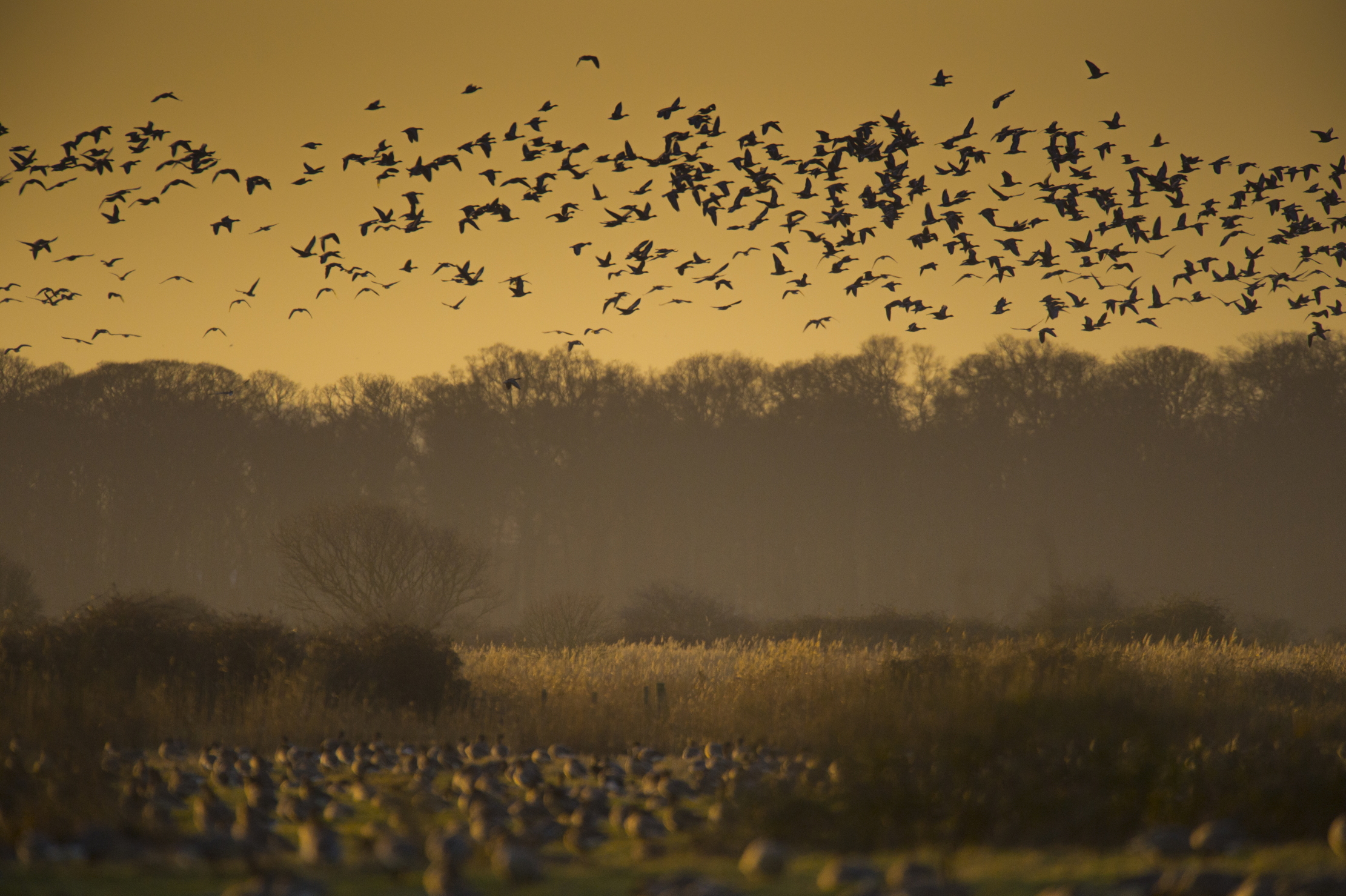 How an app can make you fall in love with nature, with Melissa Harrison
How an app can make you fall in love with nature, with Melissa HarrisonThe novelist, children's author and nature writer Melissa Harrison joins the podcast to talk about her love of the natural world and her new app, Encounter.
By James Fisher
-
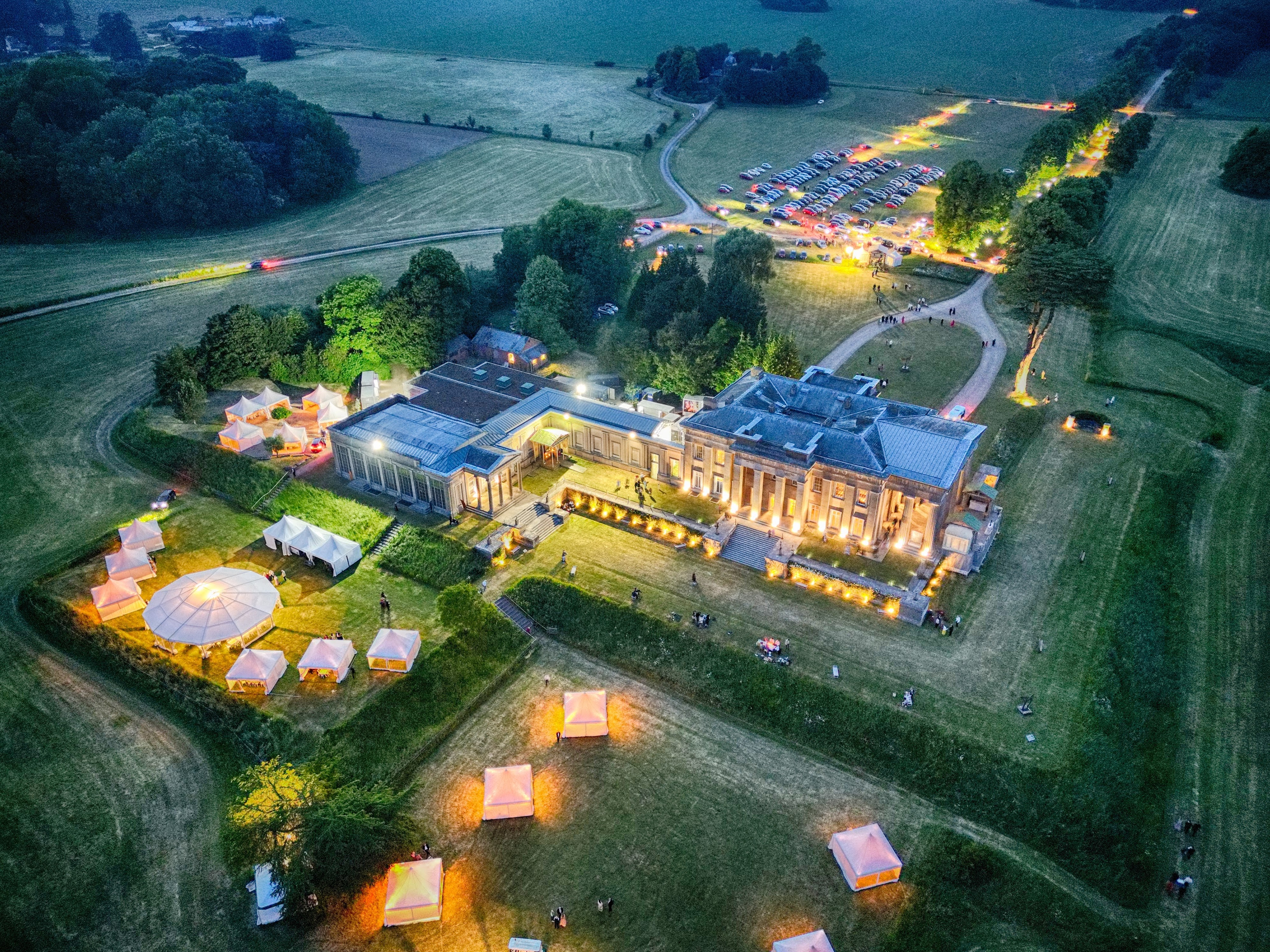 'There is nothing like it on this side of Arcadia': Hampshire's Grange Festival is making radical changes ahead of the 2025 country-house opera season
'There is nothing like it on this side of Arcadia': Hampshire's Grange Festival is making radical changes ahead of the 2025 country-house opera seasonBy Annunciata Elwes
-
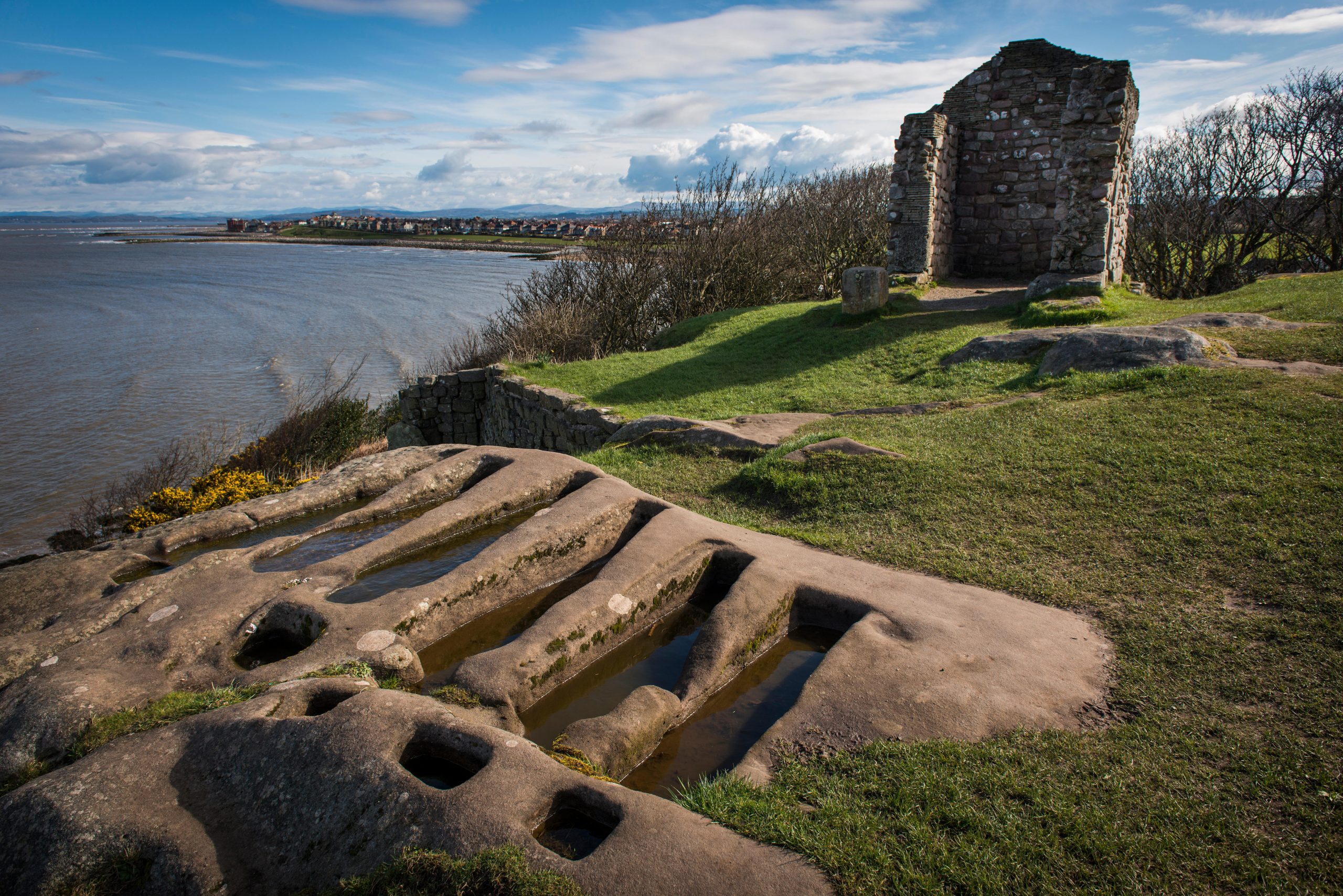 St Patrick’s Chapel ruins, Heysham: The mythical Lancashire ruins with a heavenly view
St Patrick’s Chapel ruins, Heysham: The mythical Lancashire ruins with a heavenly viewAnnunciata Elwes takes a look at St Patrick’s Chapel ruins, a Morecambe Bay landmark.
By Annunciata Elwes
-
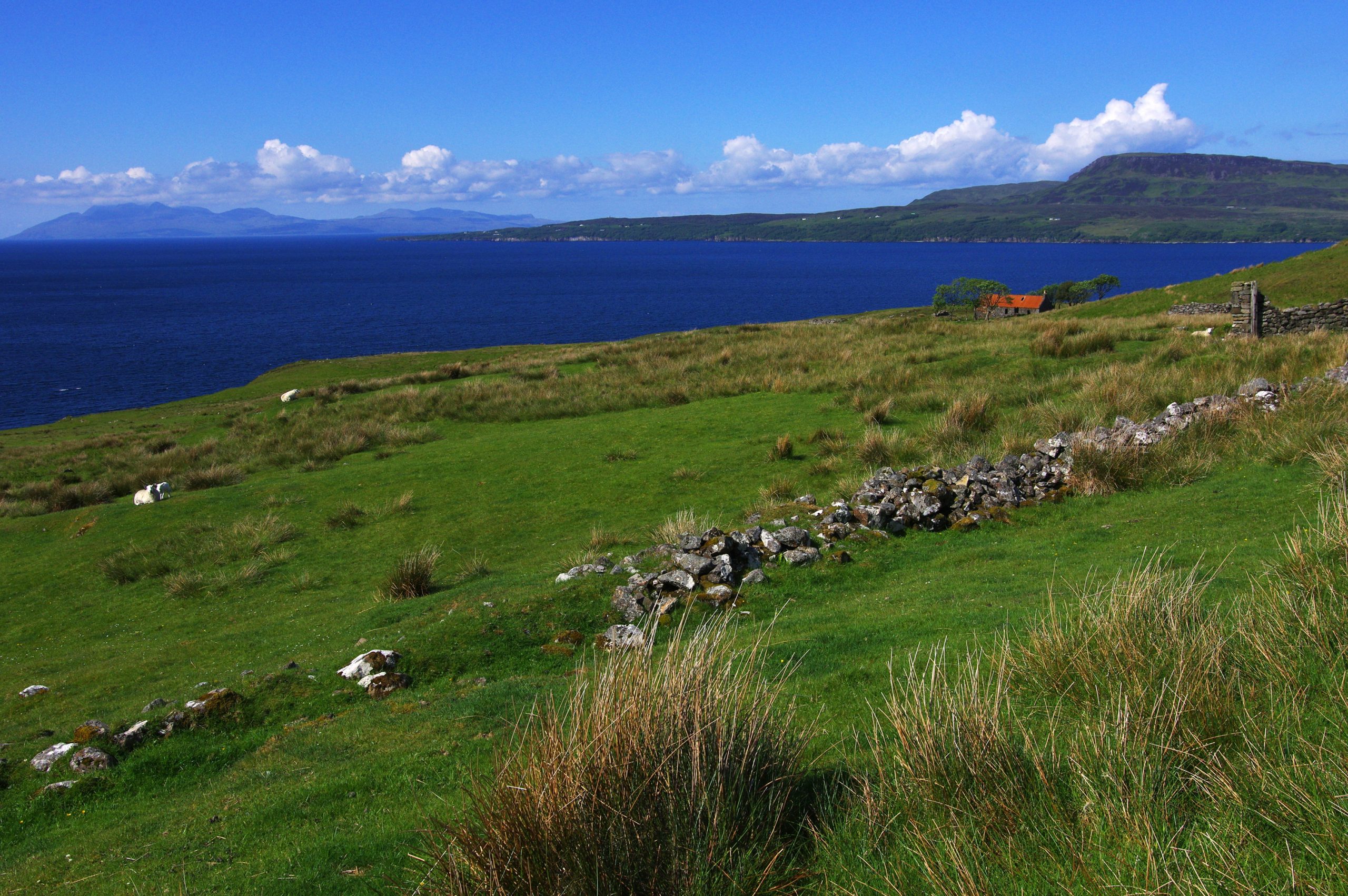 Suisnish, Isle of Skye: The atmospheric ruins of a Clearance village
Suisnish, Isle of Skye: The atmospheric ruins of a Clearance villageBeauty now reigns in a tragic spot where hundreds of villagers suffered during the Clearance
By Annunciata Elwes
-
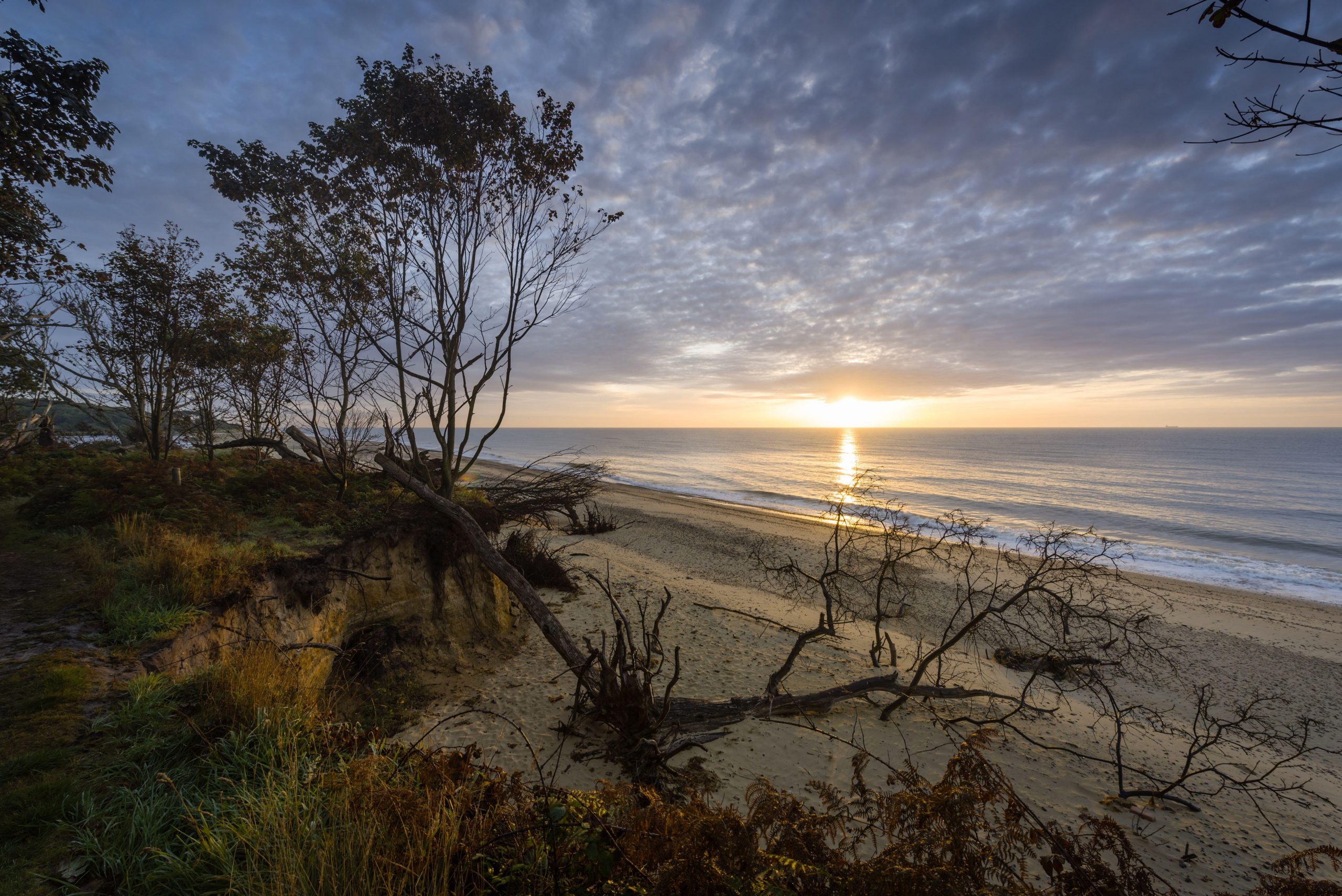 Covehithe beach, Suffolk, where the cliffs crumble like cake
Covehithe beach, Suffolk, where the cliffs crumble like cakeThe most eroded beach in Britain has a post-apocalyptic feel.
By Annunciata Elwes
-
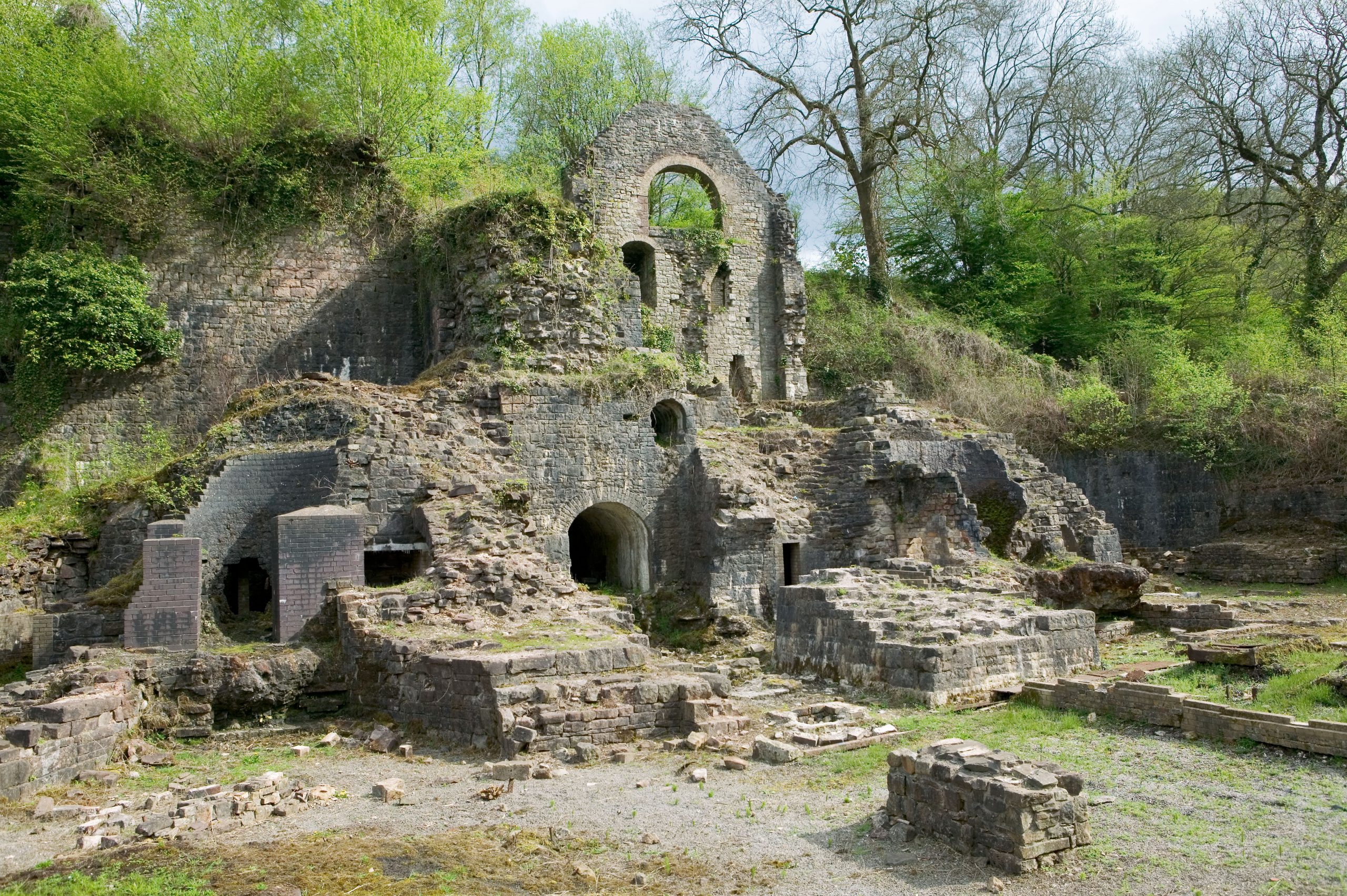 Clydach Ironworks, Monmouthshire: Ruins in the gorge that inspired Shakespeare
Clydach Ironworks, Monmouthshire: Ruins in the gorge that inspired ShakespeareAn oasis of quiet now stands where the steam hammers thudded at this Welsh ironworks, in a river valley that may have moved Shakespeare to write A Midsummer Night’s Dream.
By Annunciata Elwes
-
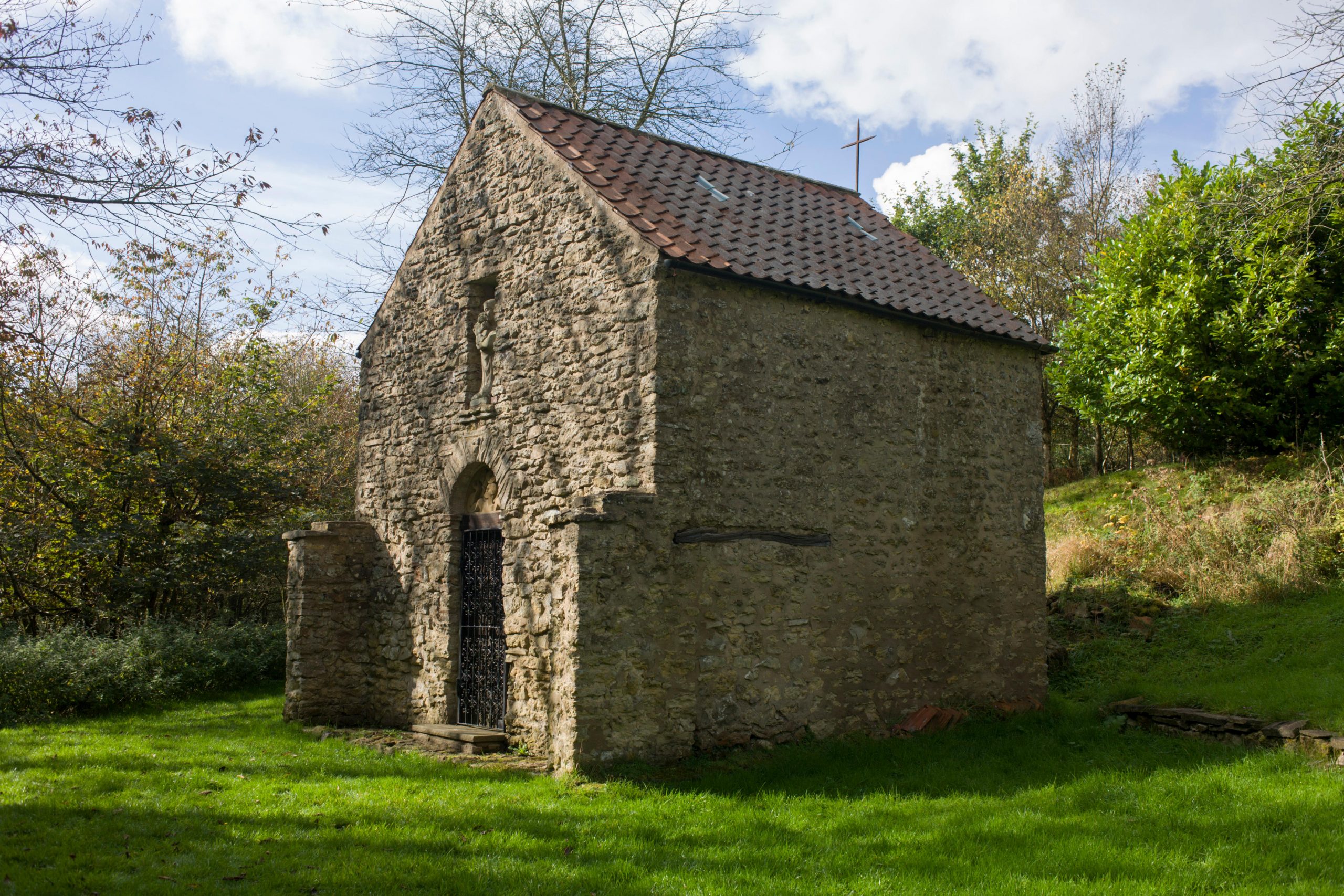 John Bunting War Memorial Chapel, Scotch Corner: The painstaking transformation of rubble to War Memorial
John Bunting War Memorial Chapel, Scotch Corner: The painstaking transformation of rubble to War MemorialAnnunciata Elwes celebrates the effort that turned a derelict house into a memorial.
By Annunciata Elwes
-
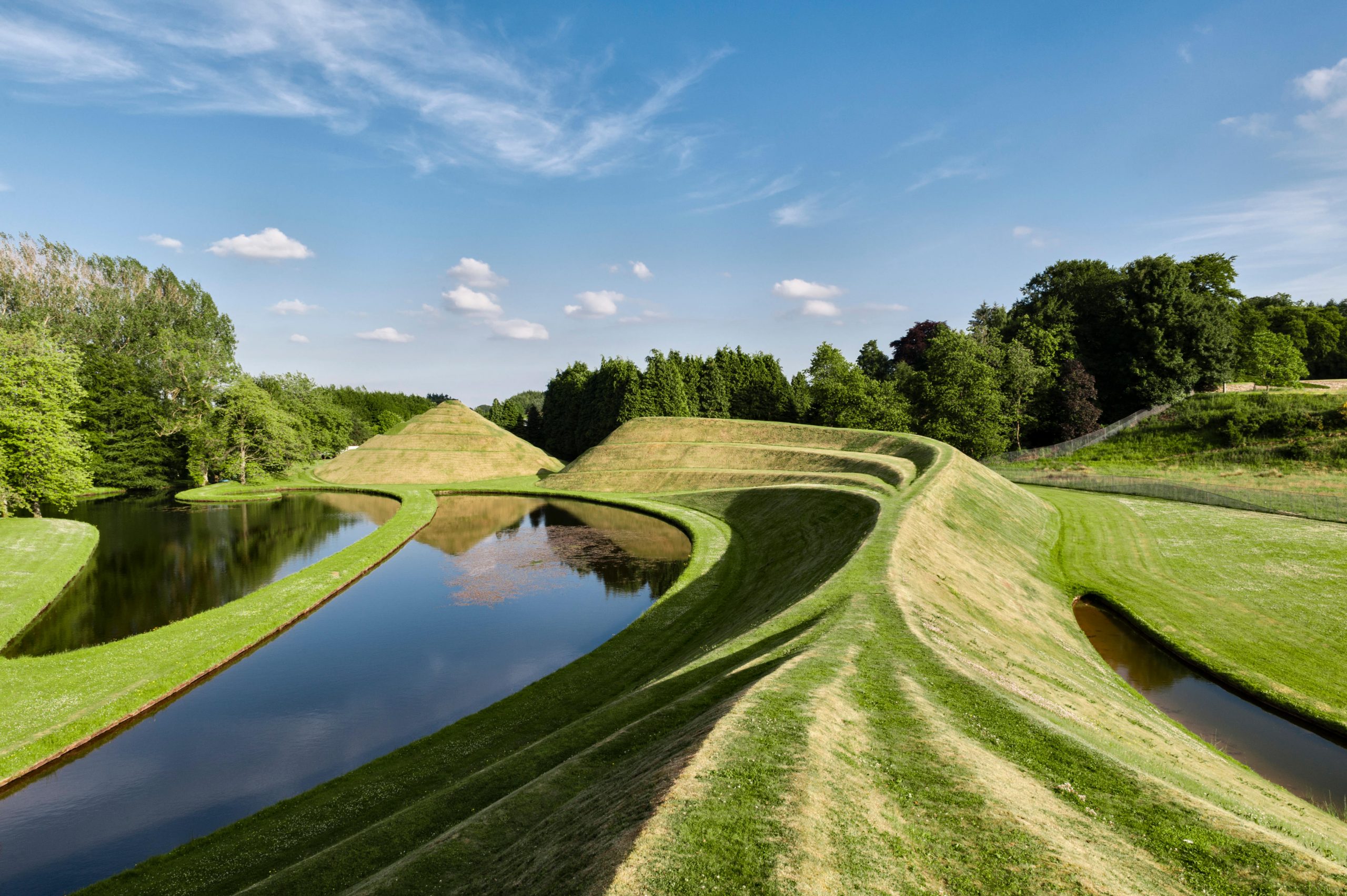 The Garden of Cosmic Speculation: The surreal space where Lewis Carroll and Willy Wonka meet Capability Brown
The Garden of Cosmic Speculation: The surreal space where Lewis Carroll and Willy Wonka meet Capability BrownSurrealism, philosophy, nature and gardening come together at the Garden of Cosmic Speculation, as Annunciata Elwes explains.
By Annunciata Elwes
-
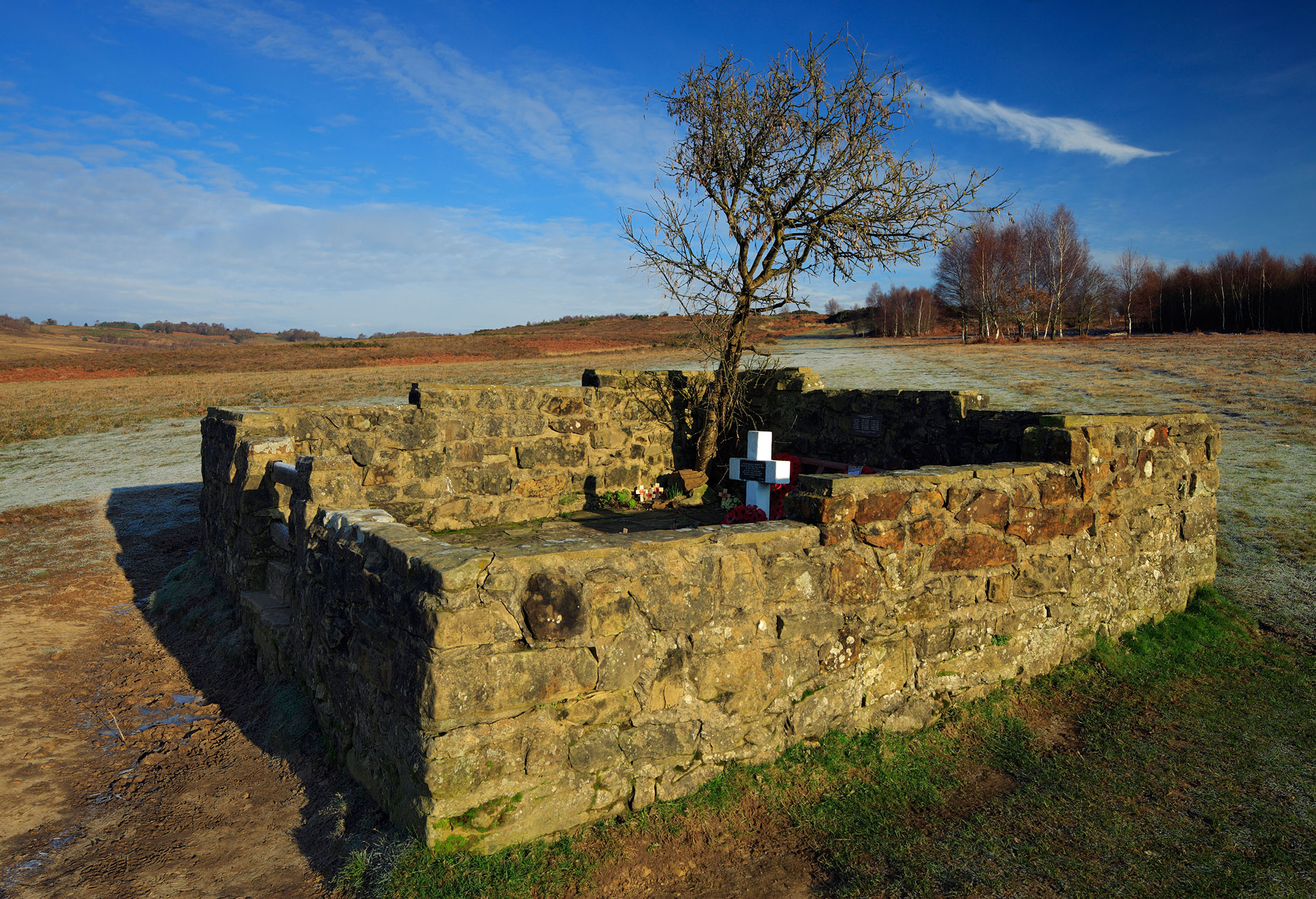 The Airman’s Grave, Ashdown Forest: A touching and little-known memorial to victims of war and fate
The Airman’s Grave, Ashdown Forest: A touching and little-known memorial to victims of war and fateA wartime tragedy in East Sussex's Ashdown Forest is among our Secret Britain picks, as chosen by Annunciata Elwes.
By Annunciata Elwes
-
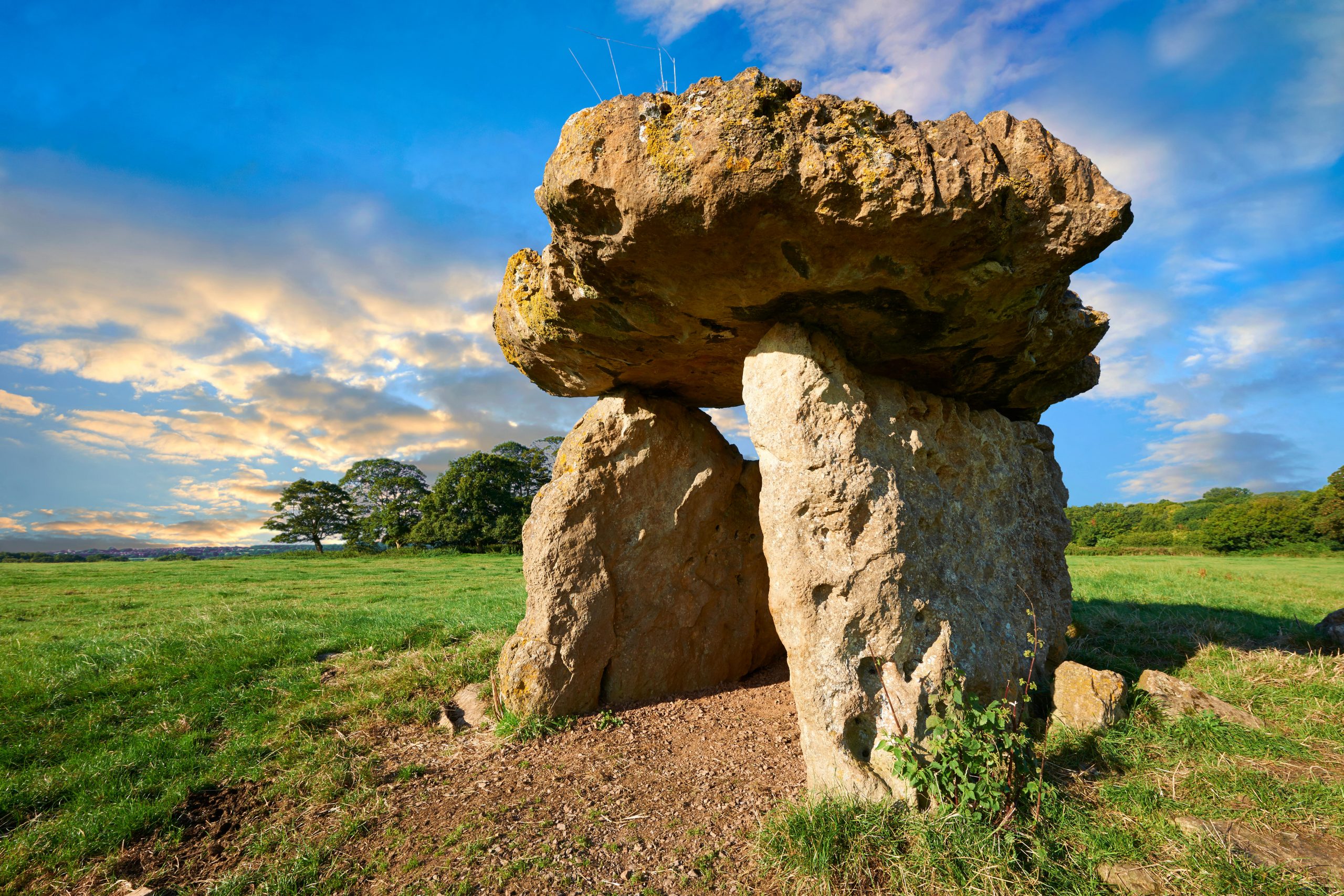 St Lythans chambered long barrow, Vale of Glamorgan: A place to make a Halloween wish
St Lythans chambered long barrow, Vale of Glamorgan: A place to make a Halloween wishAnnunciata Elwes looks at the myths and legends surrounding St Lythans chambered long barrow.
By Annunciata Elwes